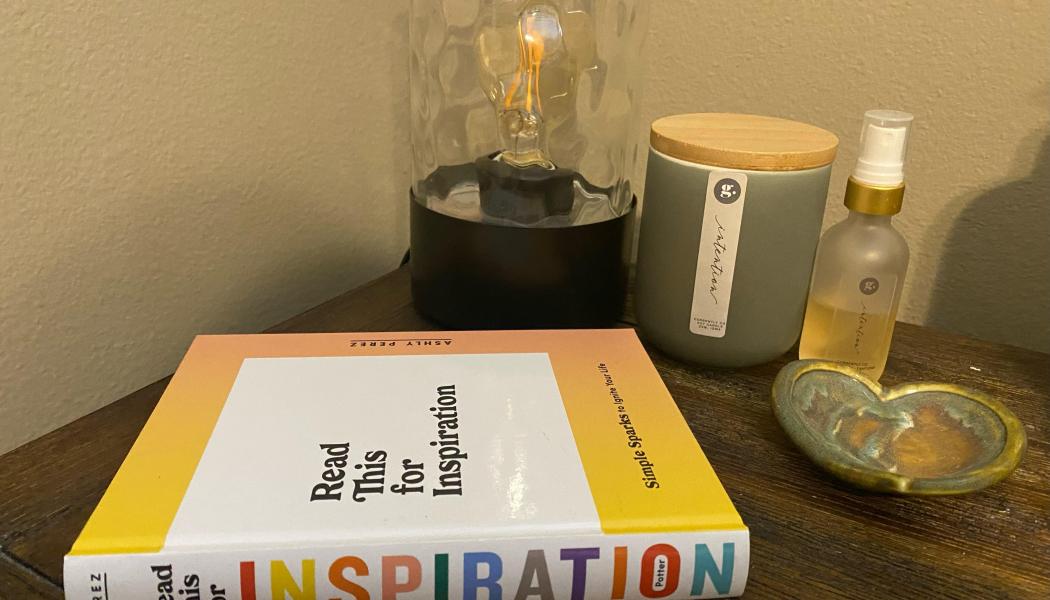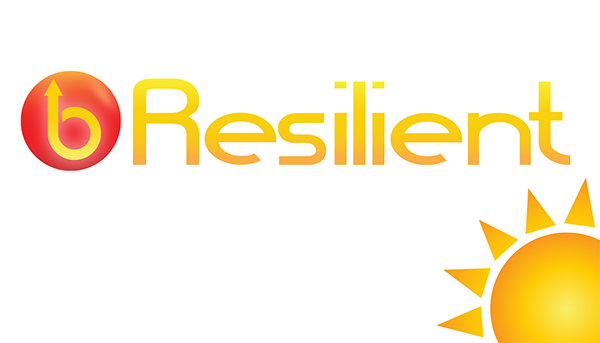
Allison Behne
My sister and I often gift books to each other on our birthdays—the latest best-selling biography, a book of poetry, a nonfiction book on a topic of interest, or occasionally a “can’t put it down” fiction book. Whatever the book, it typically sparks conversation about what is to come in the pages to be read, and it always leads to the statement, “When you finish, I want to borrow that.”
This past birthday, the book I received was titled Read This for Inspiration. No conversation was needed about what to expect from this book; the answer was clear and to the point, right on the front cover. The purpose of this book was to inspire. I opened it immediately and started reading, sharing a few of the excerpts aloud (which of course generated conversation), and thanked her for the thoughtful read. The one thing that was different with this gift was that it was not followed with “When you finish, I want to borrow that.” Because who is ever finished with a need for inspiration?
Since my birthday, I have read the book in its entirety. I still find myself once in a while picking it up and opening it to a page to refresh my memory on one of the short stories, or “bursts of encouragement,” as they’re called on the back of the book. And, the writer in me is still intrigued by the simple yet intentional title, Read This for Inspiration, along with the subtitle that shares the why, Simple Sparks to Ignite Your Life.
This makes me think of the goal of our brief, focused lessons with students. When following the Instruction Protocol, we start the lesson by sharing the purpose and the why. For example, “Today we are learning the comprehension strategy Check for Understanding. We do this because it helps us make sense of what we read.” Or, “Today we are reviewing the vocabulary strategy Tune In to Interesting Words, because the more we expand our vocabulary, the more we increase our comprehension.” When we start a lesson with the purpose and the why, our students know what they can expect to get out of the lesson and why it is important. Using the Instruction Protocol, we provide purpose, teach the one or two points of the lesson, and leave students to practice and apply it in their reading and writing. It is clear, simple, brief, and effective, much like the latest book from my sister.
Read This for Inspiration is not a beautifully crafted, lengthy text that requires a lot of deep thought and analysis. Instead, it is a collection of simple, purposeful, easy-to-remember stories meant to impart wisdom, inspire, encourage, and enlighten. And, it gets its job done, much like we do when we are short, sweet, and to the point in our lessons.
News From The Daily CAFE
Graph the Candy Hearts
Page Turners—What We Are Reading This Winter








